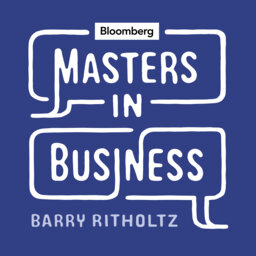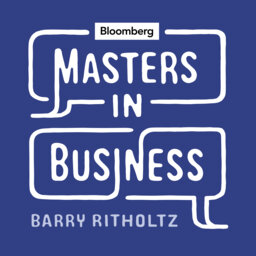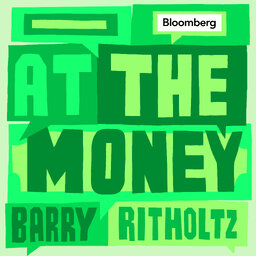Jeff Hirsch on Presidential Market Cycles
What does history inform us about how newly elected presidents impact the market cycle? What should investors expect from the next 4 years? Jeffrey Hirsch, editor of the Stock Trader’s Almanac, speaks with Barry Ritholtz about how each year of any President’s term impacts markets in a different way.
Each week, “At the Money” discusses an important topic in money management. From portfolio construction to taxes and cutting down on fees, join Barry Ritholtz to learn the best ways to put your money to work.
 Masters in Business
Masters in Business


